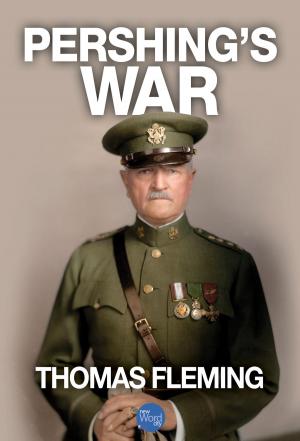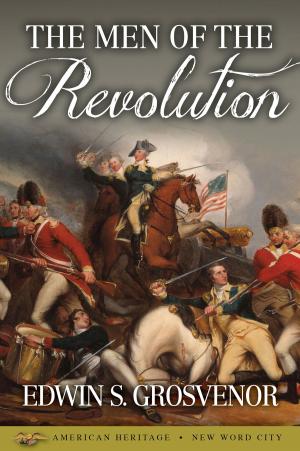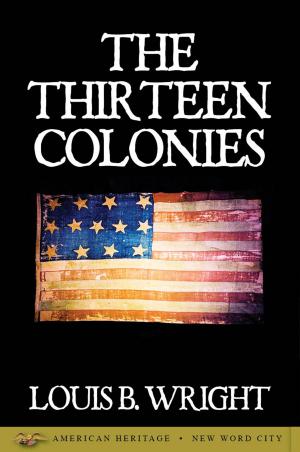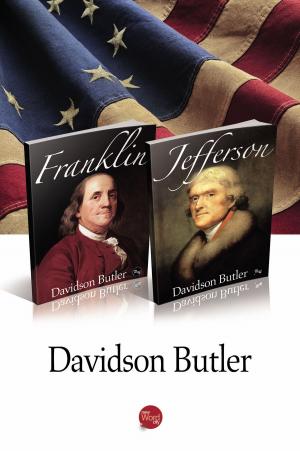| Author: | John Williams | ISBN: | 9781640193543 |
| Publisher: | New Word City, Inc. | Publication: | June 21, 2019 |
| Imprint: | Language: | English |
| Author: | John Williams |
| ISBN: | 9781640193543 |
| Publisher: | New Word City, Inc. |
| Publication: | June 21, 2019 |
| Imprint: | |
| Language: | English |
On May 10, 1869, the Golden Spike linked the Central Pacific Railroad with the Union Pacific Railroad at Promontory Point, Utah. The dream of a railroad across America had at last come true. This book tells the story of swaggering men with big plans, of an America emerging from the Civil War and reaching its manifest destiny. The men who imagined the transcontinental railroad were impassioned profiteers, an unlikely, often ruthless band, guilty of both financial double-dealing and ferocious ingenuity. When ice delayed operations in the Sierra Nevadas, the men of the Central Pacific formed the Summit Ice Company and sold their problem to California saloons. When herds of buffalo ripped up the tracks, the men of the Union Pacific brutally slaughtered tens of thousands of them. (Thus the legend of Buffalo Bill was born.) While his partners finagled in Washington and on Wall Street, Jack Casement, a former Union general, dressed in a fur coat, a Cossack hat, and shining cavalry boots and carrying a pistol and a bullwhip, drove the workers of the Union Pacific to new track-laying records. Meanwhile, from the West, thousands of Chinese immigrants blasted, climbed, and inched their way through the perilous California mountains. The railroad transformed the country forever. It decimated the Plains Indian culture by destroying the herds of buffalo that sustained it. It augmented the timber and steel industries; it opened up the West for commerce. Farms grew up along the length of the rails. Thousands of immigrants from Asia and Europe came here to build the iron road. Most important, it united a nation. The story of the railroad is capitalist theater, starring powerful politicians and generals and con artists. Set in opulent parlor cars, well-heeled boardrooms, and rowdy frontier towns, on desolate plains and deadly gorges, it is a story of vision and corruption, of empire building at its most vulgar and glorious. John Williams combines scholarship with personalities, historical analysis with plain old tall tales, to tell a story that will appeal to readers of American history and adventure and to lovers of the American West. The Transcontinental Railroad is an epic of every sense.
On May 10, 1869, the Golden Spike linked the Central Pacific Railroad with the Union Pacific Railroad at Promontory Point, Utah. The dream of a railroad across America had at last come true. This book tells the story of swaggering men with big plans, of an America emerging from the Civil War and reaching its manifest destiny. The men who imagined the transcontinental railroad were impassioned profiteers, an unlikely, often ruthless band, guilty of both financial double-dealing and ferocious ingenuity. When ice delayed operations in the Sierra Nevadas, the men of the Central Pacific formed the Summit Ice Company and sold their problem to California saloons. When herds of buffalo ripped up the tracks, the men of the Union Pacific brutally slaughtered tens of thousands of them. (Thus the legend of Buffalo Bill was born.) While his partners finagled in Washington and on Wall Street, Jack Casement, a former Union general, dressed in a fur coat, a Cossack hat, and shining cavalry boots and carrying a pistol and a bullwhip, drove the workers of the Union Pacific to new track-laying records. Meanwhile, from the West, thousands of Chinese immigrants blasted, climbed, and inched their way through the perilous California mountains. The railroad transformed the country forever. It decimated the Plains Indian culture by destroying the herds of buffalo that sustained it. It augmented the timber and steel industries; it opened up the West for commerce. Farms grew up along the length of the rails. Thousands of immigrants from Asia and Europe came here to build the iron road. Most important, it united a nation. The story of the railroad is capitalist theater, starring powerful politicians and generals and con artists. Set in opulent parlor cars, well-heeled boardrooms, and rowdy frontier towns, on desolate plains and deadly gorges, it is a story of vision and corruption, of empire building at its most vulgar and glorious. John Williams combines scholarship with personalities, historical analysis with plain old tall tales, to tell a story that will appeal to readers of American history and adventure and to lovers of the American West. The Transcontinental Railroad is an epic of every sense.















